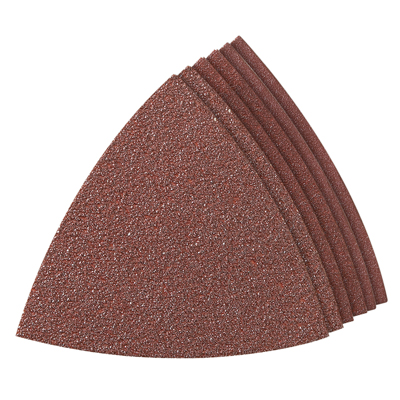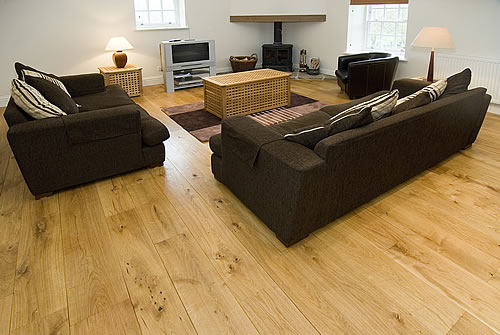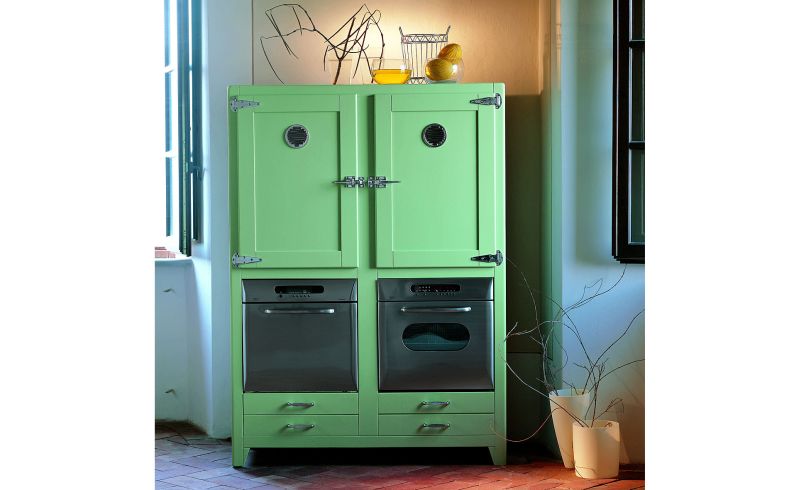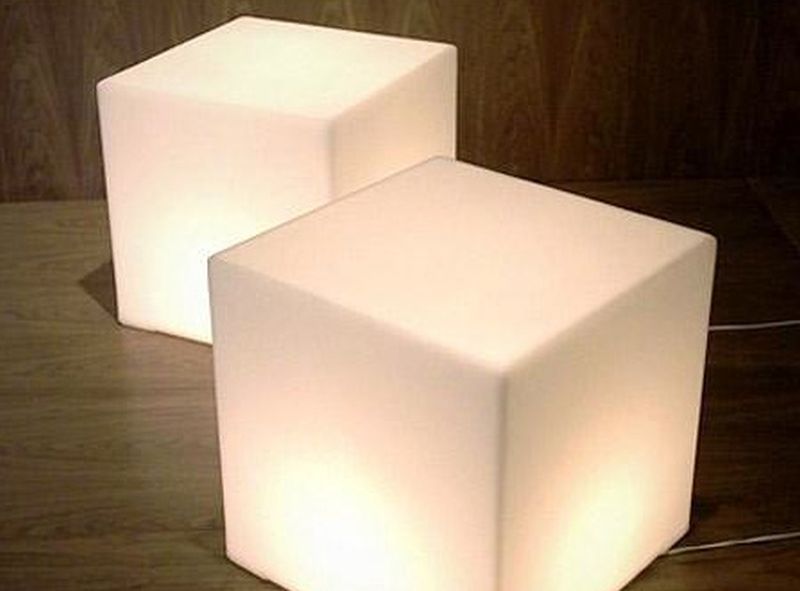Hard wood floors deliver a relatively low-maintenance, hygienic surface for residential and commercial properties alike. They also create a unique aesthetic that simply can’t be replicated by carpet or synthetic flooring. However, in order to protect the integrity of the wood, such floors need to be finished with a sealant – protecting it from damage and the destructive powers of moisture. From time to time, this sealant will need to be replaced, and although the job is a relatively simple one, it’s vital that you get it right.
What will you need?
Before you start, you should ensure that you have all the necessary tools and products on hand. You will need a floor sander, which you can usually rent for a reasonable daily charge. You will probably also need an edge sander in order to reach tricky areas of flooring near skirting and doors. The store you rent the sanders from will supply various types of sandpaper – a specialist will help you choose the right one for your type of wood floor. You’ll also need some wood putty, a vacuum cleaner, a tack cloth and your chosen finish and sealant. Once again, a flooring specialist will be able to suggest the best type of sealant for the type of wood you’re dealing with.
Sand the floors
Before you can refinish your wood floors, you will need to remove all remnants of the old sealant. Unfortunately, there is no substitute for time and a little elbow grease when sanding a wood floor. You should use the main floor sander for the majority of the job, and switch to the edge sander when you need to tackle areas near walls and doors. Once the original finish has been completely removed, you should inspect the entire area for damage. Gouges, holes and cracks should be filled with wood putty. Once the putty has dried, you can then sand it down so that you’re left with a smooth, even surface.
Clean the area
Sanding wood floors can be a very messy business, so it’s important to remove dirt, dust and debris completely before applying the new sealant. You should use a tack cloth to wipe down walls and skirting before vacuum cleaning the entire area. You can then use the tack cloth to wipe the floor as well, as this will pick up and hold particles of dirt, wood and dust. Once you’re happy that your floor is smooth, sealant-free and clear of debris, you can start to apply the new sealant.
Refinish your wood floor
Depending on the finish you’re looking for, there are three main options when it comes to finishing commercial flooring. Polyurethane sealants darken wood, and their durable qualities make them perfect for high-traffic areas or environments that involve the use of water. A flooring specialist might recommend the use of a varnish or a penetrative sealer, but the latter is not as durable as the other options available.
You should use a sheepskin sealant applicator to apply your chosen finish evenly, but don’t be afraid to be generous. After the sealant has dried, you should buff the entire floor with fine steel wool, and then vacuum the area again. At least two coats of your chosen finish should then be applied. Allow your floor to dry, and then apply a third and final coat. After 24 hours, your refinished wood floor will be ready for furniture, as well as the hustle and bustle of a busy commercial environment.
Article Submitted By Community Writer.






